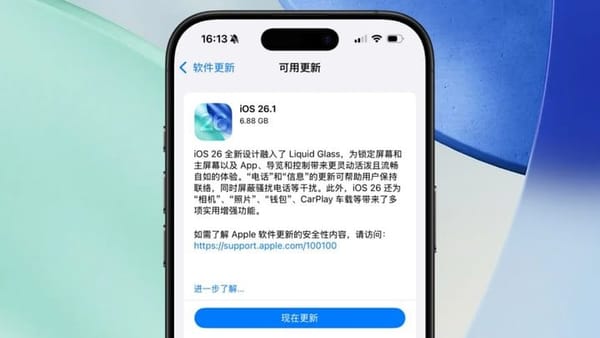Silicon Valley CEOs Warn of AI Threat: “Unemployment Could Hit 20% in 5 Years,” Yet 95% of AI Projects Lose Money

AI and the Future of Work: Between Warning Signs and Real Change
In today’s debates, the idea that “AI threatens jobs” reflects caution driven by technological trends rather than proven fact — but that’s no reason to ignore AI’s potential long-term impact.

---
Rising Voices of Concern
Predictions from Industry Leaders
- Anthropic CEO Dario Amodei warns of a “catastrophic doom” scenario for white-collar workers: AI could replace entry-level roles in law, finance, and consulting within 5 years, driving unemployment rates to 10%–20%.
- Goodwill CEO foresees a youth unemployment surge among Gen Z due to AI, and believes this crisis has already begun.
- Stability AI co-founder Emad Mostaque suggests mass unemployment could hit as early as next year, impacting multiple industries concurrently.
- Jad Tarifi (Google’s first generative AI team lead) warns that AI may reduce the practical value of advanced degrees in fields like law and medicine.

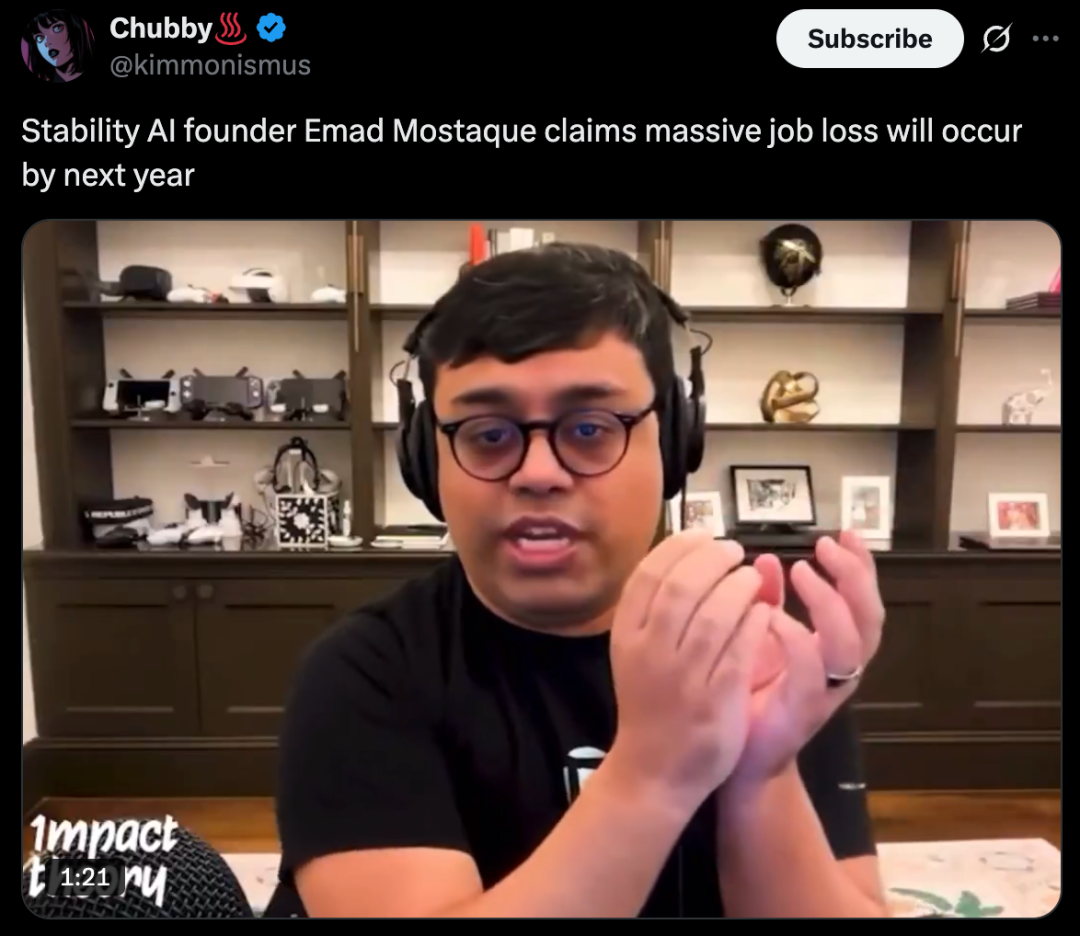
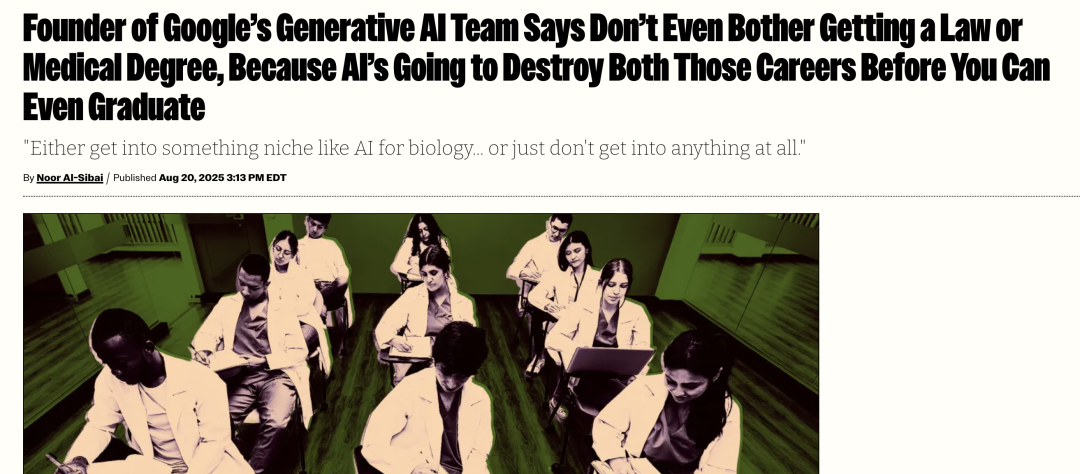
---
Research Perspective: Yale University’s “We Won’t Be Missed”
A recent paper — “We Won’t be Missed: Work and Growth in the Era of AGI” — projects the decline of human labor’s economic role as AGI spreads, shifting value creation toward computational resources.

Key Concepts
- Bottleneck jobs — Core tasks vital to economic growth; automation here limits human relevance.
- Auxiliary jobs — Supportive tasks that can persist, especially those needing emotional intelligence and social interaction (e.g. nursing, hospitality, therapy).
Likely Outcomes
- Wages tied to AI’s computational cost in performing the same task, not traditional labor value.
- Most income flows to owners of computing resources; human economic status stagnates despite overall growth.
- Initial transition may create income spikes for some, sudden unemployment for others — fueling inequality.
---
Policy and Opportunity in an AGI Economy
Potential solutions:
- Universal dividends from AI-generated wealth.
- Treat computing resources as public assets with broadly shared returns.
- Build open ecosystems to help people leverage AI for income and creativity.
Example: AiToEarn官网 — an open-source, global AI content monetization framework enabling creators to:
- Generate AI-assisted content
- Publish across Douyin, Kwai, WeChat, Bilibili, Rednote, Facebook, Instagram, LinkedIn, Threads, YouTube, Pinterest, X (Twitter)
- Track analytics and model performance (AI模型排名)
---
Lessons from History
Lamplighters (19th–20th Century)
Uniformed workers lit and extinguished gas lamps daily — until electric lighting and automation erased the job.
The Luddite Movement (1811)
Mechanized looms replaced skilled artisans; job loss and wage collapse led to riots and sabotage.
Cars vs. Carriages (Late 19th Century)
Automobiles disrupted carriage-based livelihoods. Laws (like Britain’s Red Flag Act) slowed change briefly, but technology ultimately prevailed.
---
Current Evidence of AI-Driven Job Cuts
- Microsoft layoffs: ~6,000 in May, ~9,000 in July; 20–30% of code now written by AI.
- Google, Meta, IBM, PwC, Chegg report significant staff reductions.
- Stanford research shows fewer job postings for software developers in AI-exposed roles.
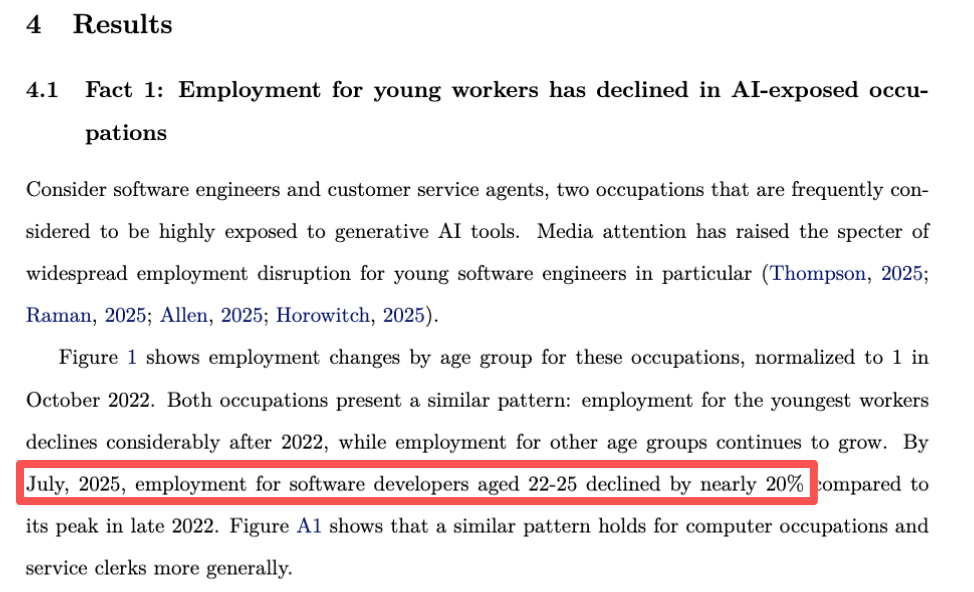
---
The Paradox: Fear vs. Profitability
While leaders predict massive disruption:
- 95% of companies using generative AI see no commercial returns yet (MIT’s “State of AI in Business 2025”).
- Many pilot projects stall due to rigid workflows and poor integration.
---
ChatGPT, Copilot, and Enterprise Reality
Adoption Trends
- 80%+ organizations have explored or piloted ChatGPT/Copilot.
- Gains mostly in individual productivity, not bottom-line profits.
- Enterprise AI systems see low production deployment rates (just 5%).
---
Five Misconceptions About Generative AI in Enterprises
- AI will soon replace most jobs — Job cuts are limited and sector-specific.
- Generative AI is transforming business — Deep integration rare; many industries unchanged.
- Enterprises adopt slowly — 90% actively consider AI purchases.
- Barriers are model quality, legal, data — Biggest hurdle: poor integration with workflows.
- Best companies build their own tools — In-house tools fail twice as often as external solutions.
---
Reality Check: Personal vs. Enterprise AI Tools
- 90%+ of employees use personal AI tools like ChatGPT, Claude for work tasks.
- Sometimes produces absurdities — e.g., candidates use AI to write applications, HR uses AI to read them, and no one gets hired.
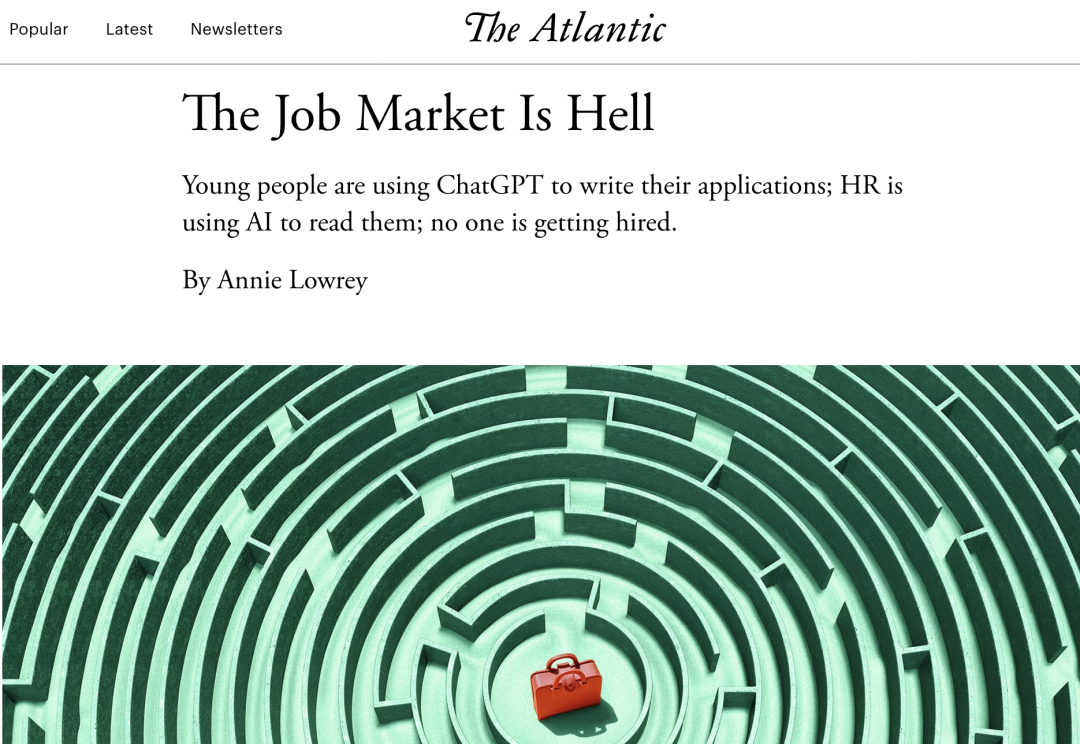
---
Conclusion: Action Over Fear
History shows: old roles fade, new value emerges.
AI’s impact on jobs is evolving — slower commercially, faster socially.
For individuals:
- Master human–AI collaboration skills.
For enterprises:
- Move beyond hype; integrate AI meaningfully into core operations.
Platforms like AiToEarn官网 illustrate ways to monetize AI-assisted work across multiple social and content channels, connecting creativity with analytics and performance tracking (AI模型排名).
---
Goodwill CEO: Gen Z Unemployment Crisis Due to AI Is Underway
Rising Concerns
Generative AI is reshaping entry-level job requirements — reducing footholds for youth in the workforce.
Evidence from Research
- Stanford’s Digital Economy Lab calls youth job losses an early warning sign.
- Ex-Google AI executives note changing professional standards in law and medicine.
Preparing Gen Z for an AI Future
- Invest in training, reskilling, and digital literacy.
- Build public–private partnerships for rapid skill adaptation.
- Use AI in workforce development — e.g., AiToEarn开源地址.
---
Final Thought
As AI adoption accelerates, proactive skill-building, equitable policy, and open participation platforms will determine whether the future of work erodes opportunity — or reinvents it.



